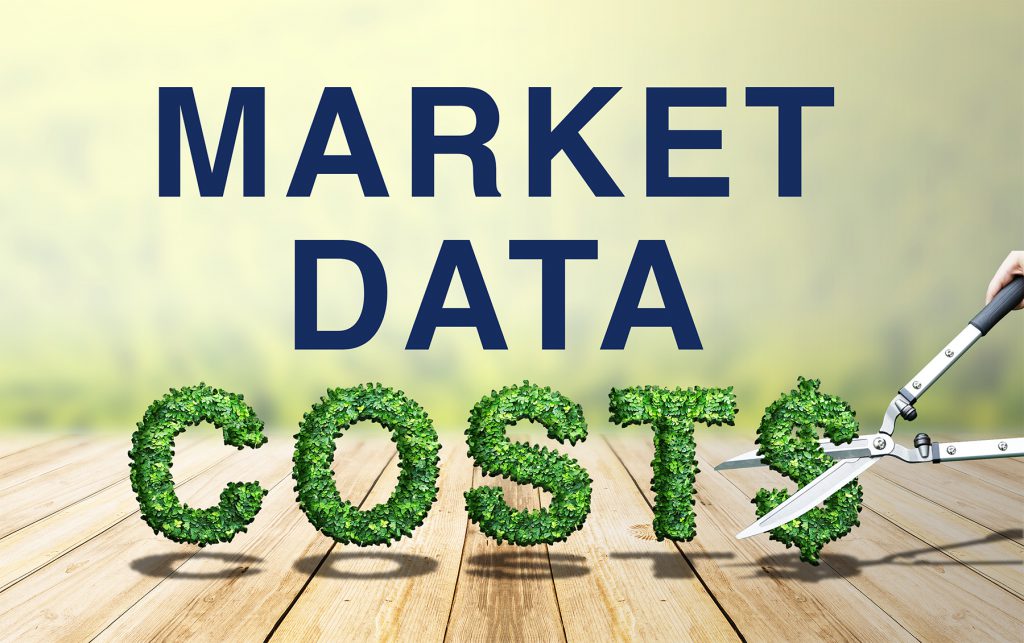 The stress on financial research and market data strategies have never been higher. Market data strategies in organisations have been a common topic in recent years with most businesses trying to find ways to reduce their data spend. This topic has swiftly moved up the priority list with the impact of COVID-19 fundamentally changing the way we do business and increasing the cost pressures being exerted on firms.
The stress on financial research and market data strategies have never been higher. Market data strategies in organisations have been a common topic in recent years with most businesses trying to find ways to reduce their data spend. This topic has swiftly moved up the priority list with the impact of COVID-19 fundamentally changing the way we do business and increasing the cost pressures being exerted on firms.
Keeping a handle on data costs is an ongoing activity yet investment professionals get stuck in their day to day work, unaware of the possible cost and efficiency benefits that can be realised by revising their data platform subscriptions. Before you know it, there are people in the organisation with access to big-budget platforms that they rarely use. Now, that is a poor return on investment.
Minimising market data spend is simple, yet I have seen many organisations complicate this by trying to force-fit data strategies that may not suit their business. Optimising your market data investment starts with understanding the data needs at a user level and then matching it with the best “fit for purpose” solutions the market has to offer.
All the information you need in one place. Add EquityRT to your toolkit for quality investment research.
Will you achieve the same outcome with the more affordable option?
How often will you be using this tool?
How often will you use the additional features on the more expensive tool?
These are the critical questions in the purchase process that we consider.
The thought process in selecting a data platform should be the same. The coverage and capability of the platform should fit the needs of the user. Oversizing coverage and capabilities merely add cost without any further benefit. I have come across many organisations that have allocated big-budget multifunctional platforms to users whose platform utilization is below 10%. Quick-win cost savings can be achieved just by identifying and transitioning these user types to more “fit for purpose” solutions. In simple terms, the extent to which a person will use a platform should be proportional to money spent.
Although this may sound quite straight forward, some businesses are slow to act due to various reasons which include, a limited understanding of data needs at a user level, users wanting to cling-on to status symbol platforms, operational pressure delaying discussions around this topic, or a general resistance and fear of change. Strict single data vendor strategies enforced in some businesses also limit them from achieving true cost benefits that the market data industry has to offer.
One of the good things to come out of the pandemic was the realisation that big-budget platforms stuck in the office while the team works from home, adds little value, and sharing of platforms will not be efficient in this new world. This makes the data conversation more relevant now than ever. In addition to cost efficiency, flexible access is now a key requirement amongst market data users. Team dynamics have changed and with people working alone the demand has increased for easy-to-use solutions that can be mastered quickly with little effort.
This 30 billion dollar market data industry has been monopolised by a selected few companies however in recent years we have seen capable and innovative providers emerging. These innovators deliver solutions from the cloud that address the issue of accessibility whilst offering pricing models that make sense in current times.
As investment professionals who carefully evaluate stocks or meticulously construct mutual fund portfolios, the same diligence and desire for a return should be taken when making investments inside the organisation.
There is indeed a place for the big-budget platforms, and this will always be the case however blending in these modern solutions allows bringing down costs and gear organisations for the fourth industrial revolution.
by Vijen Surjooram | Managing Director | EquityRT South Africa
